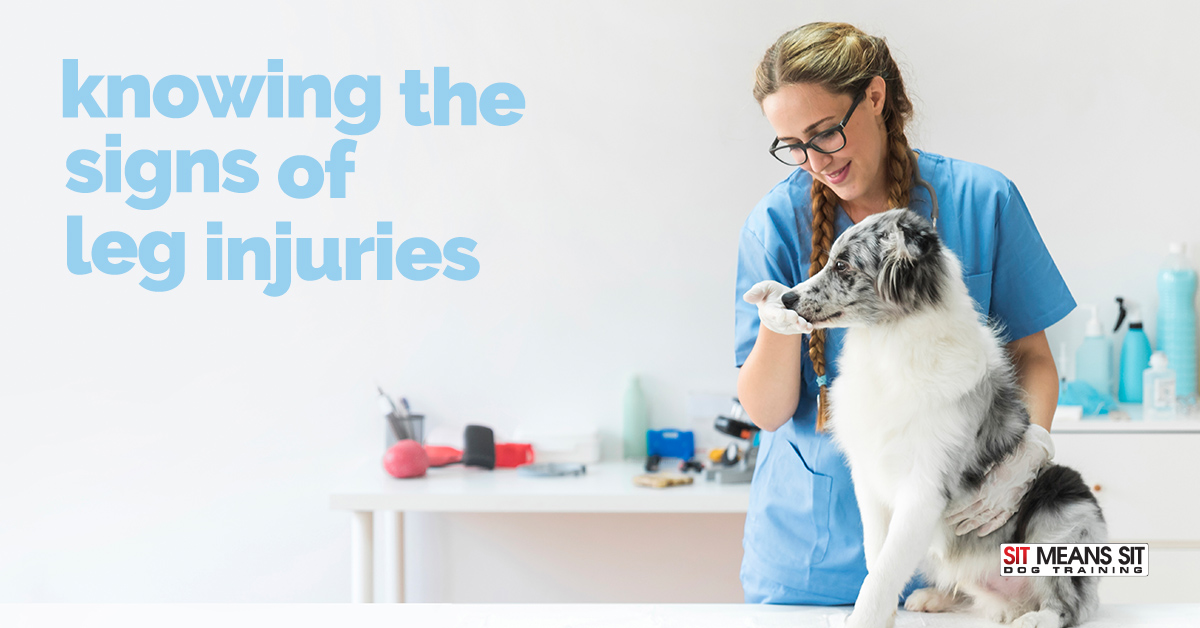
Knowing the Signs of Leg Injuries in Dogs
Every once in awhile, our furry friends overdo themselves and end up getting hurt. Sometimes it’s a simple injury that they can self recover from in a day or two – but other times it can be more severe than that, but how can you tell if it’s time for a trip to the vet? Let’s find out!
The Difference Between Strains & Sprains
They may sound very similar, but they are, in fact, totally different injuries.
- Strains: an injured tendon that links muscles and bones together. Your furry friend could get a strain from overstretching (too far or too frequently). This is common in athletic dogs, but can also occur from a simple slip, fall, or jump during regular playtime. Strains are the most common in the hips and thighs of canines.
- Sprains: a damaged ligament that connects bones together and causes joint damage. Highly athletic dogs, like hunters, who jump hurdles as well as an average pooch who plops down on the couch wrong are at risk for sprains. Fido stepping into a hole in your backyard could also easily cause a sprain. Sprains are the most common for dogs in their wrist and knee joints.
The Signs to Look Out For
Your first warning sign that Fido is experiencing either a strain or sprain will be them limping or becoming suddenly lame (not being able to move their legs). If this lasts for longer than a day or becomes chronic, it’s time to visit your pup’s vet. Both a strain and a sprain can be ongoing or sudden injuries, ranging from mild to severe. Based on your observation of your canine companion and your vet’s analysis – they’ll be able to conclude on what type of injury your pooch has sustained.
Things Your Vet Will Want to Know:
- How your dog has been acting differently
- What your dog was doing if you watched the injury happen
- What your dog has been doing since the injury occurred (sleeping more than usual, limping, not eating, etc.)
Different Routes to Recovery
Depending on how bad the damage is and whether it’s a strain or sprain, your vet will inform you of the next steps. Surgery will try to be avoided unless absolutely necessary, such as a tendon or ligament being torn.
Typical treatment plans, though, will consist of the following:
- Administering nonsteroidal anti-inflammatory drugs to ease inflammation. Make sure your vet is clear on what over the counter medication they recommend (some over the counter NSAIDs can cause serious illness in canines)
- Applying an ice or heating pad to the injured area
- Ensuring Fido gets plenty of rest, which sometimes means having to crate them, so they don’t run or jump around.
- Using a brace to hold the muscle or joint in place
- Sometimes, physical therapy such as walks on a treadmill or underwater
- Massaging the affected area
- Putting your pup on a special diet
Whether your furry friend has been injured before, or you’re trying to prevent them from getting injured in the first place – make sure you’re keeping them at a healthy weight, and they’re getting their required daily exercise. Because obesity and inactivity only make these types of injuries more likely.
